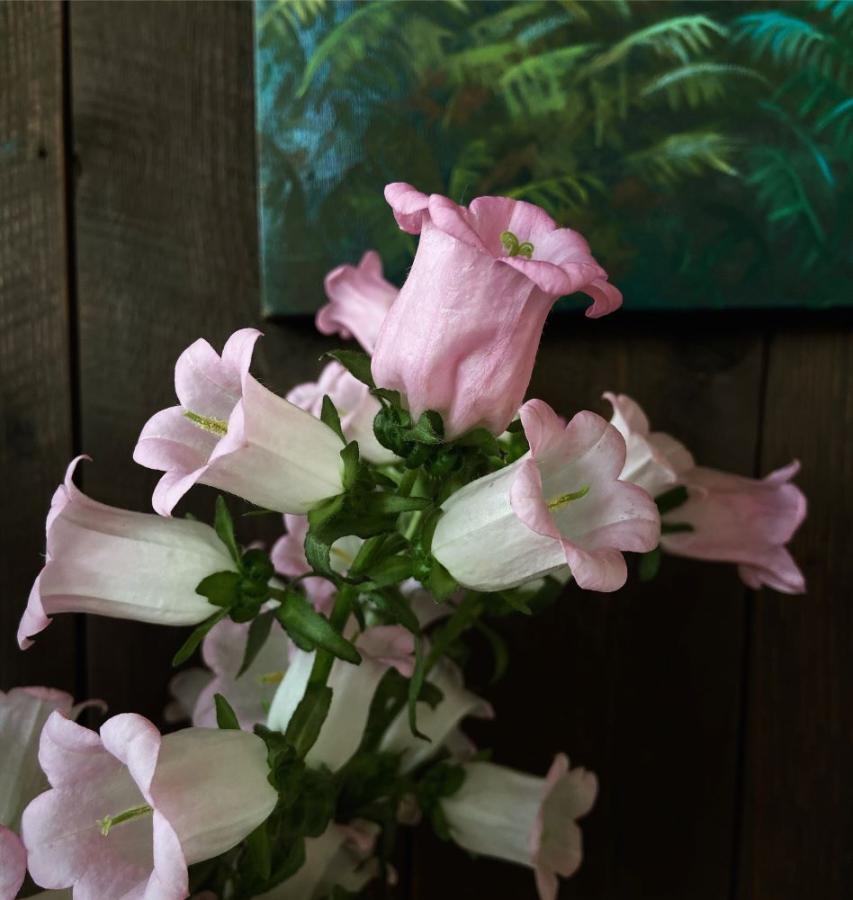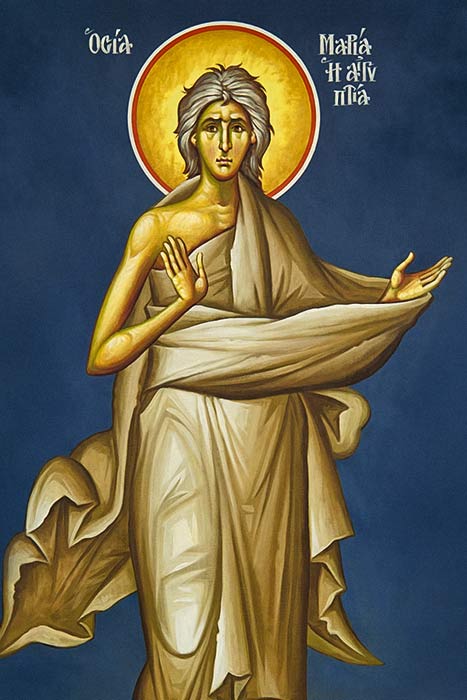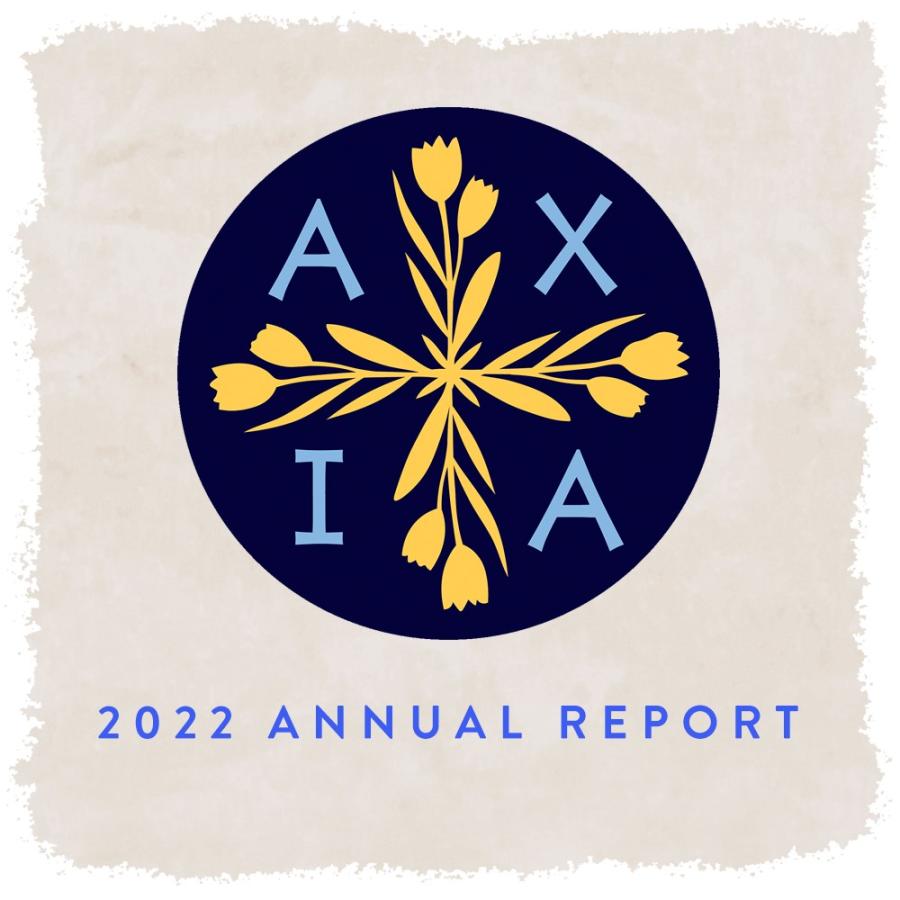Stories

You proved we were right: good things DO happen when Orthodox women come together! We far exceeded our fundraising goal! Excluding our matching donation, you gave $3200 to help Axia expand. We cannot thank you enough.

Concluding Bright Week on a bright note. Spring--even if she is a little late for some of us--is finally showing her colors!
Let's start with some flowers found in a coffeeshop in Portland, Oregon. If you know what these spectacular blooms are, please tell us!


Christ is Risen!
Indeed He is Risen!
Lazarus bread rolls are traditional in many Greek parishes to celebrate Christ's resurrection of Lazarus, the brother of Mary and Martha of Bethany. If you’ll look at an icon of Christ calling Lazarus from the tomb, you’ll see that little strips of dough have been wrapped around the central body of the roll to resemble the wrappings of his shroud. Traditionally, you also press into one end of the dough two whole cloves, raisins, or chocolate chips to resemble his eyes. (Some people substitute a single peeled almond for his face instead.)

Sharing one of our favorite sermons ever, on St. Mary of Egypt., by Nadieszda Kizenko as part of Fordham University's Orthodox Scholars Preach series.

2022 was the year we decided to see just how far we could go with virtually no staff and a shoestring budget. We ended up with a vastly expanded network, events of many kinds, and a board that increased in number, scope, and expertise. Follow this link to see where we went and where we're going!


